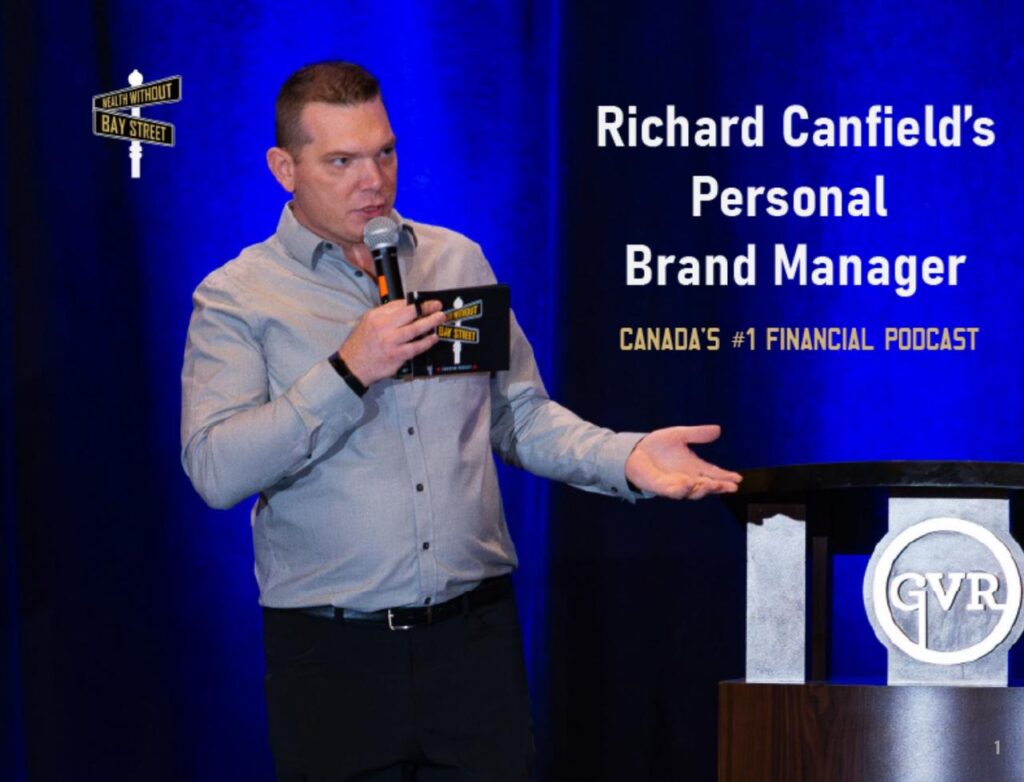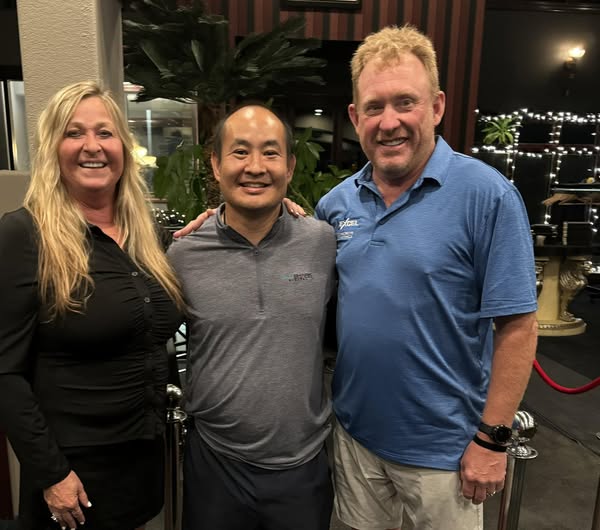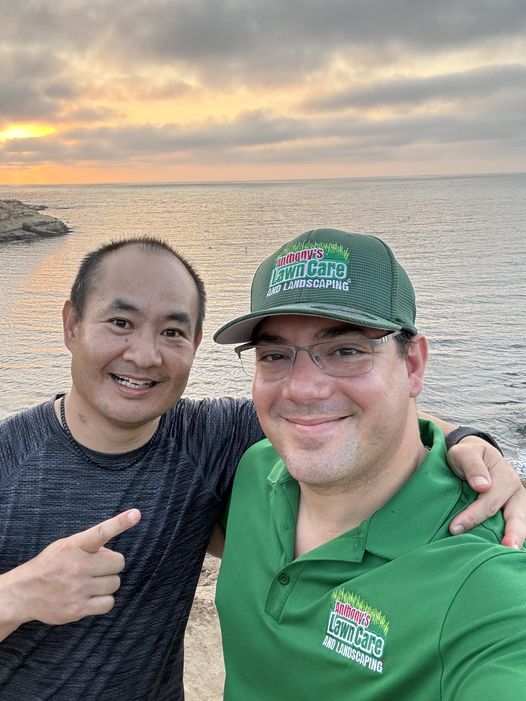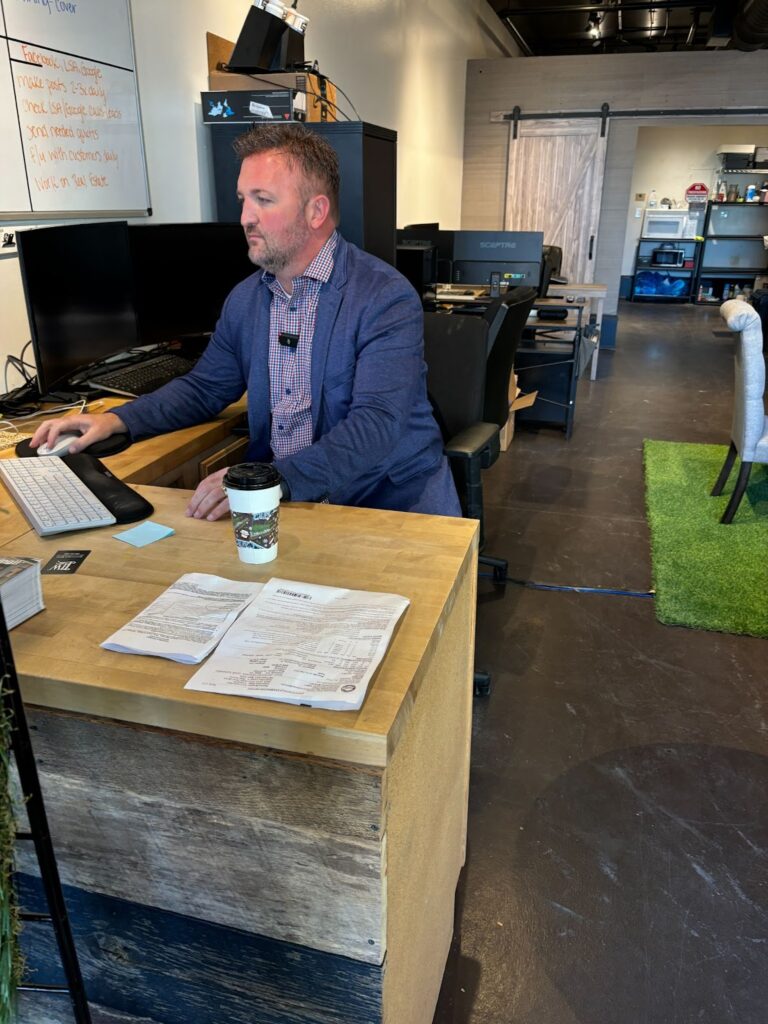Jack Hughes: Insights From His Friend Logon OBrien on What Makes Him Tick
When I asked Logon OBrien, a dedicated cyclist and bike mechanic, about the first thing that comes to his mind when he thinks of Jack Hughes, he immediately pointed to Jack’s remarkable focus. While most people know Jack as the fun, social guy, Logon highlighted how, when Jack’s in work mode, it’s like nothing else […]
Jack Hughes: Insights From His Friend Logon OBrien on What Makes Him Tick Read More »




